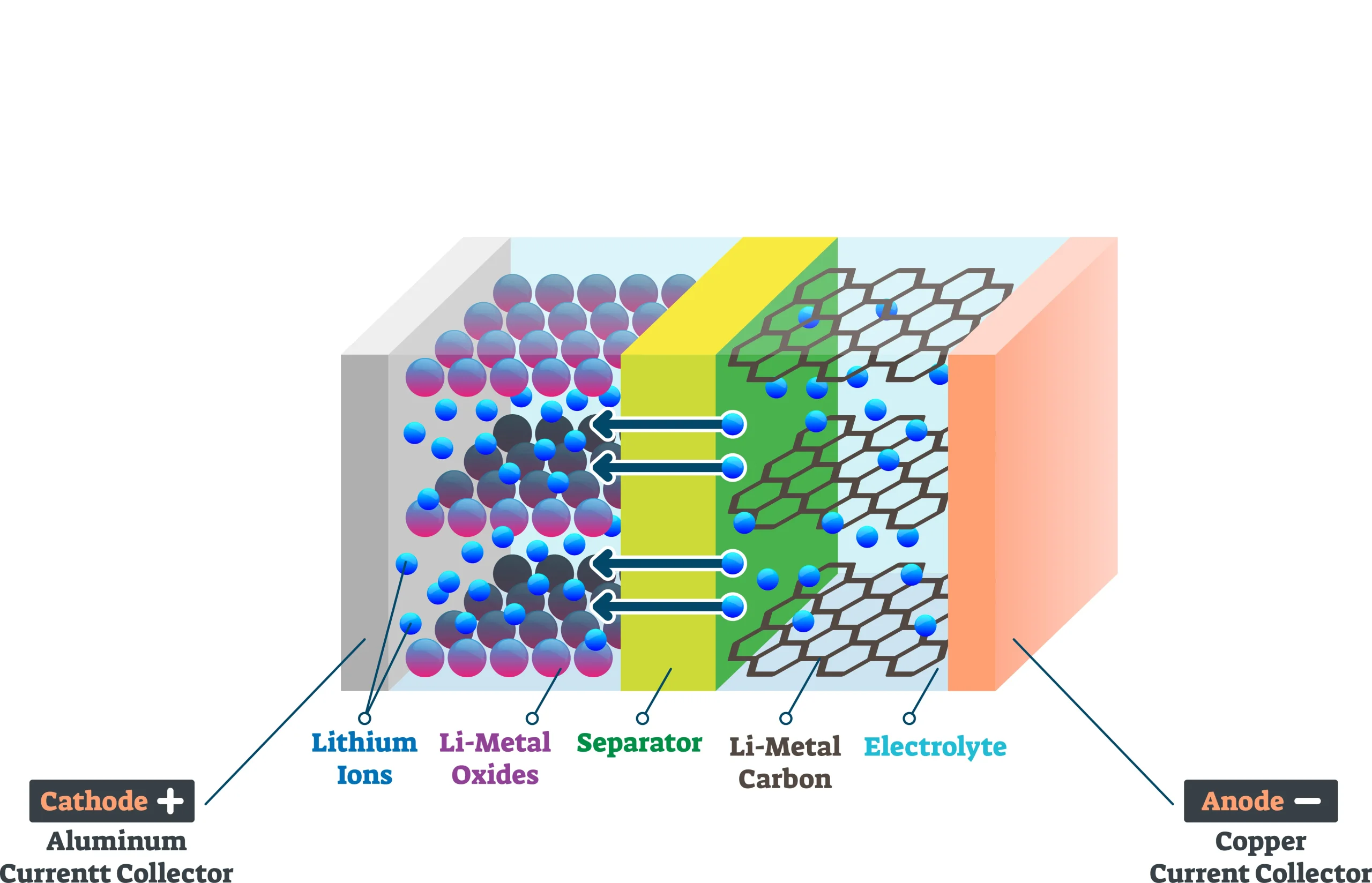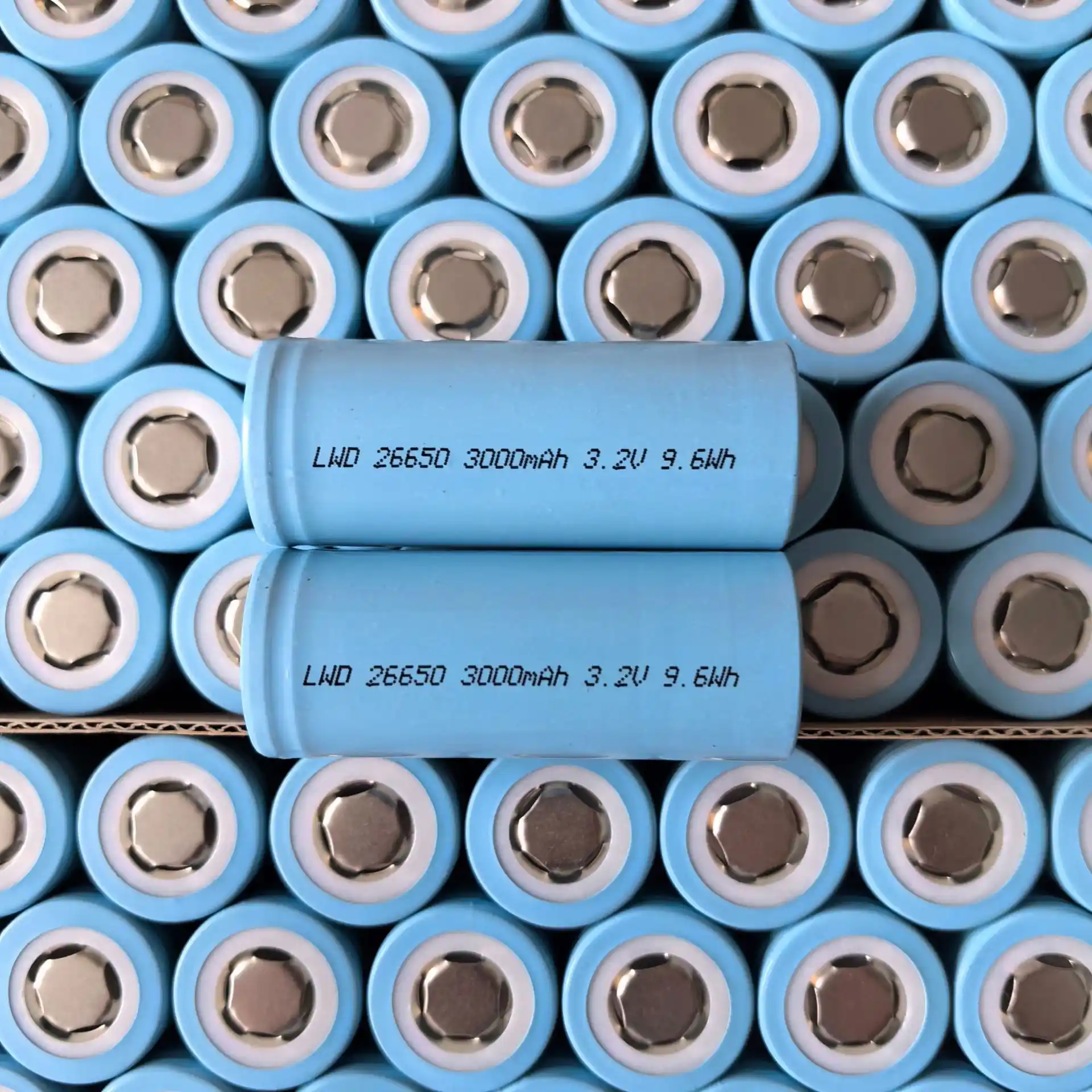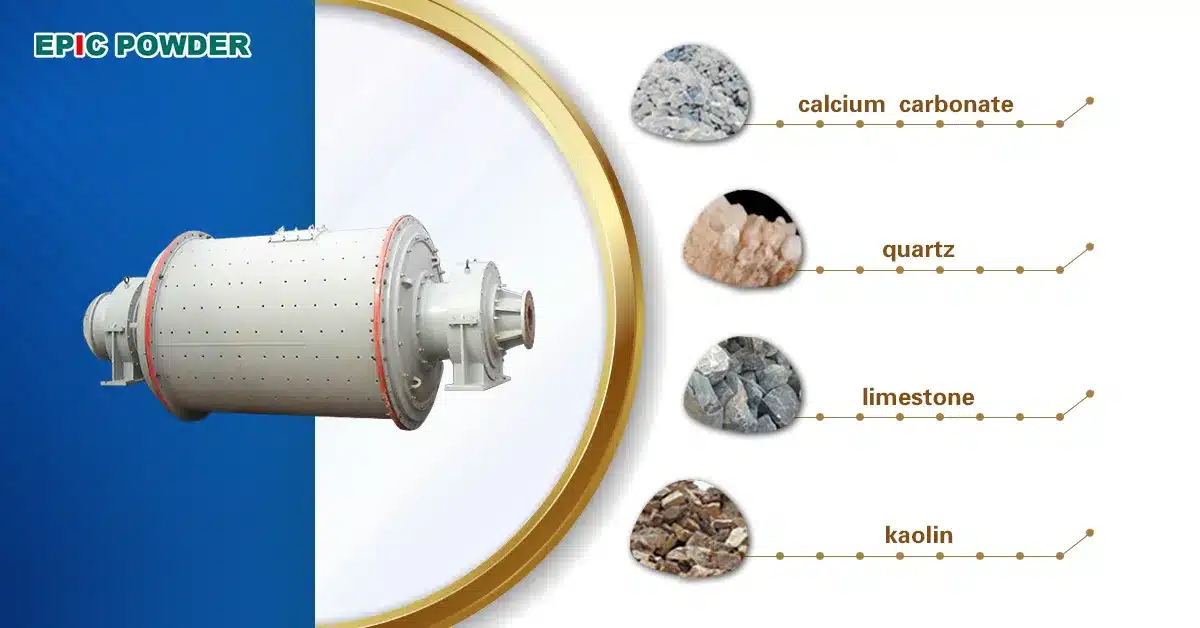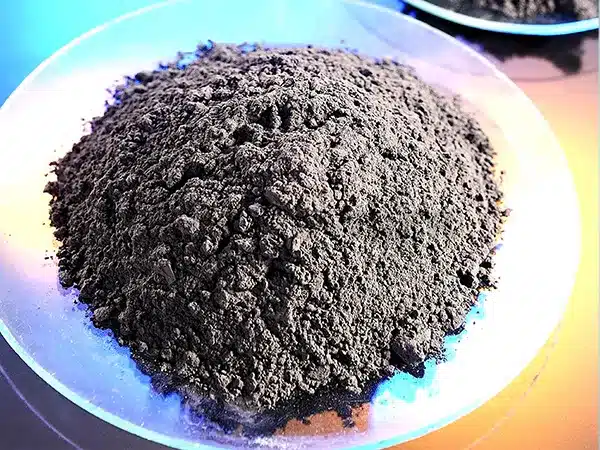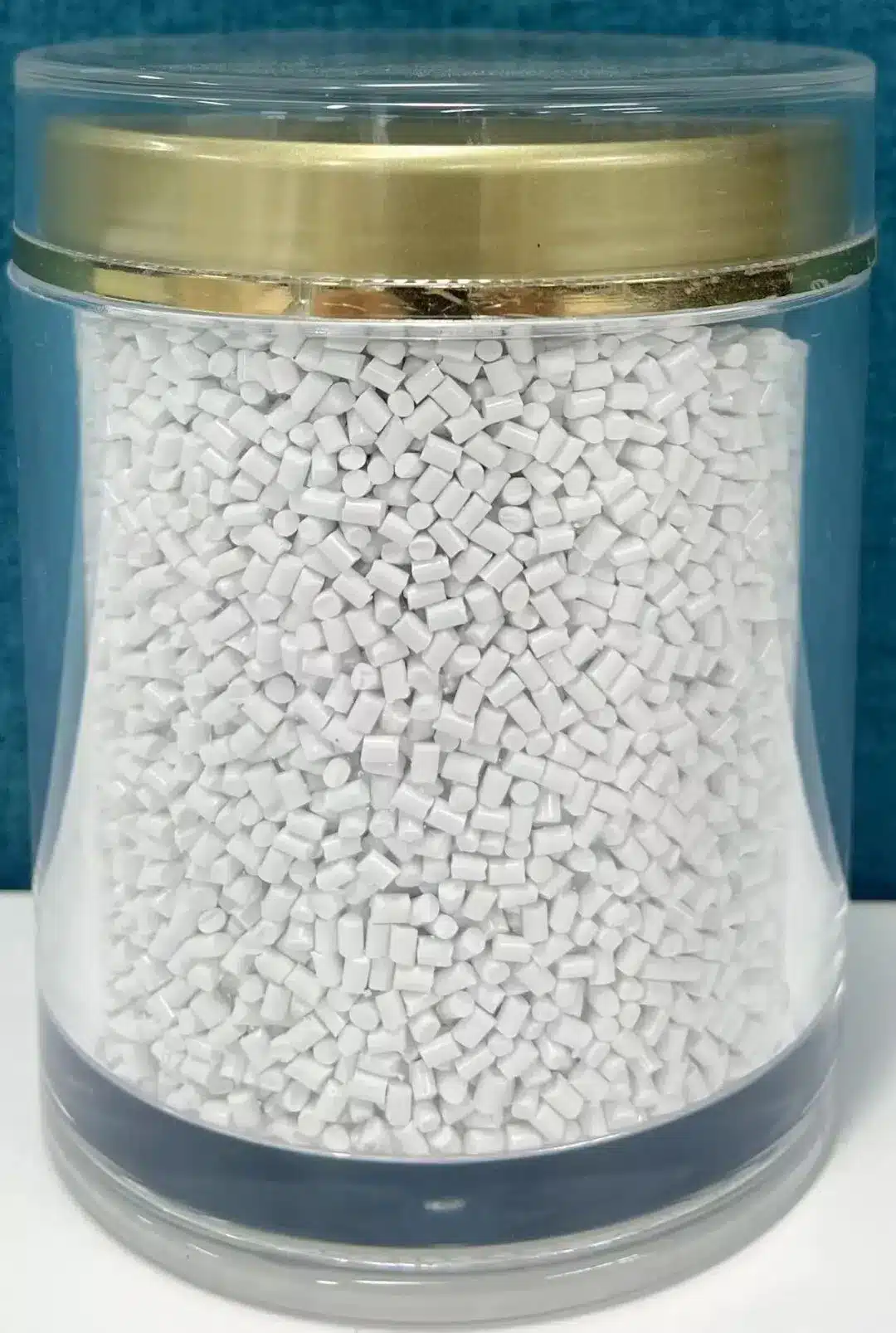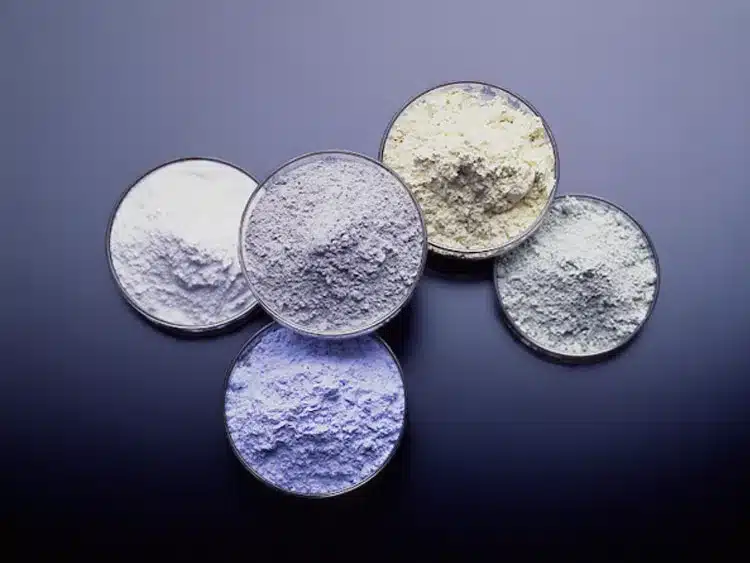Bentonite is a non-metallic mineral with montmorillonite as its main component. It plays a vital role in many industrial fields due to its unique physical and chemical properties. In particular, it has earned the title of “invisible guardian” in industrial wastewater treatment. But how exactly does it shine in this application?
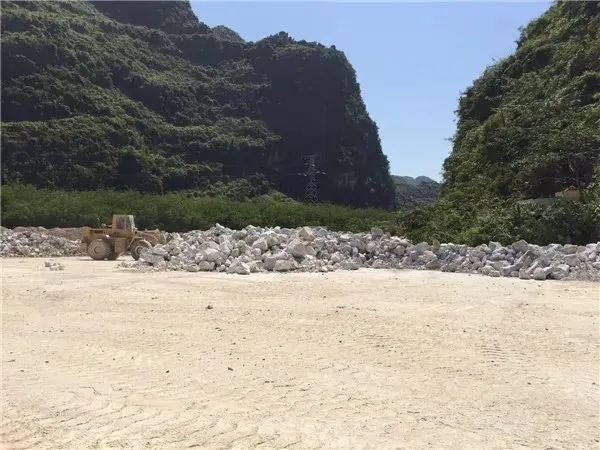
What Makes Bentonite Special?
Bentonite possesses a large specific surface area, excellent adsorption capacity, and outstanding cation exchange properties. These characteristics provide a strong foundation for its use in wastewater treatment. The surface of bentonite particles carries both negative and positive charges. The spaces between montmorillonite layers contain exchangeable ions such as calcium, magnesium, and sodium. These properties give bentonite its powerful adsorption and ion exchange capabilities. Through adsorption, bentonite can remove pollutants from wastewater and effectively reduce chemical oxygen demand (COD) and chromaticity.
Powerful Properties for Pollution Control
Heavy Metal Removal: A Major Application
One of the primary applications of bentonite in industrial wastewater treatment is the removal of heavy metal ions. Bentonite contains functional groups such as siloxy and aluminoxy on its surface. It has ion exchange capabilities that allow it to adsorb heavy metal ions. The ions are like mercury, lead, chromium, nickel, copper, and zinc. The adsorption performance of bentonite can be further enhanced through activation, modification, or compounding with other materials. For example, acid activation increases its specific surface area and loosens its pore structure. This significantly booss its adsorption capacity for heavy metals. This makes bentonite highly effective in treating wastewater with excessive heavy metal concentrations, helping it meet discharge standards.
Tackling Printing and Dyeing Wastewater
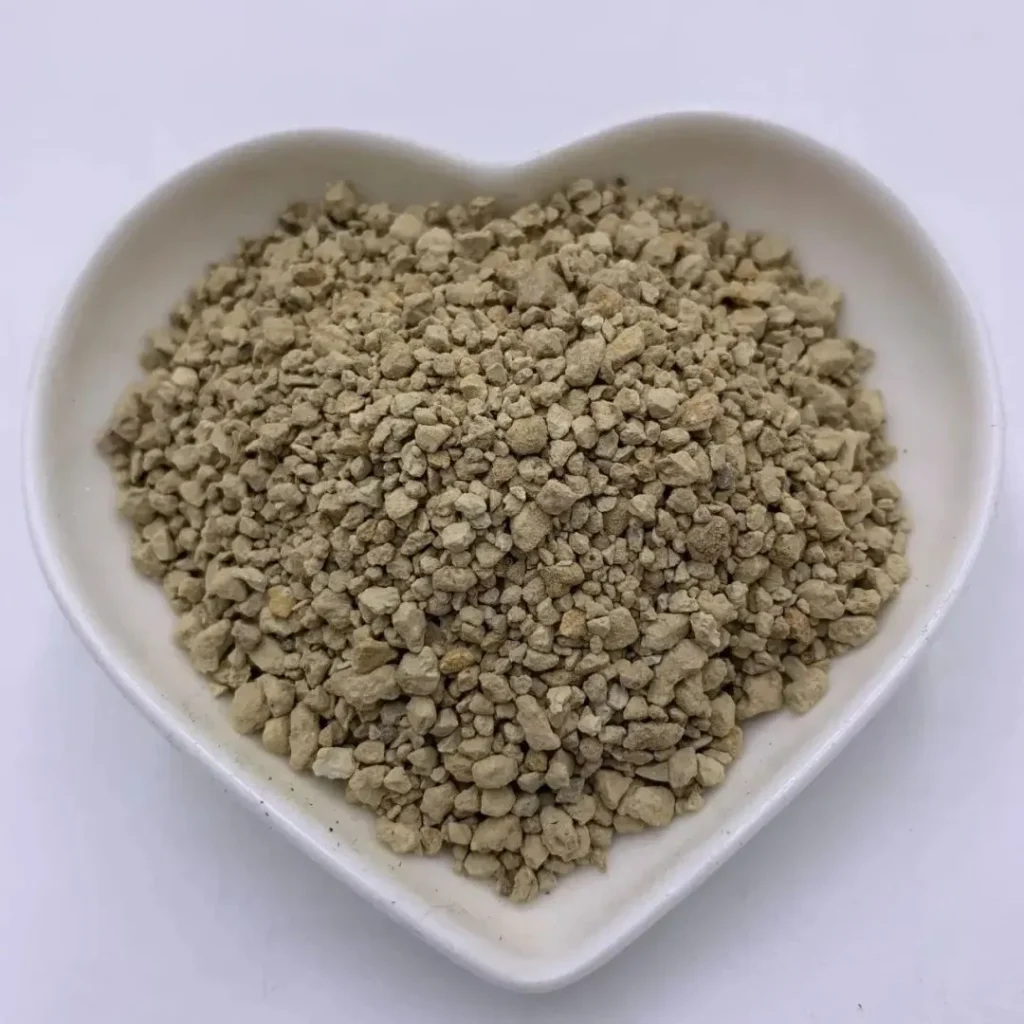
In addition to removing heavy metal ions, bentonite also plays an important role in the treatment of printing and dyeing wastewater. It’s one of the major sources of industrial wastewater in China. This type of wastewater contains large amounts of pollutants such as dyes, slurries, additives, fiber impurities, oils, acids, alkalis, and inorganic salts. Thanks to its excellent adsorption and ion exchange properties, bentonite has become a key material in the treatment of such wastewater. It can effectively adsorb dye molecules and other organic pollutants, significantly reducing both COD and chromaticity. Experimental studies have shown that bentonite performs particularly well in treating dyeing wastewater containing acidic cations. Under appropriate process conditions, it can achieve a decolorization rate of over 90% and a COD removal rate of more than 97%.
Bentonite as a Flocculant
Furthermore, bentonite can also be used as a flocculant in wastewater treatment. When modified, bentonite can promote the aggregation of suspended particles, colloids, and other substances in organic wastewater. This process forms larger particles that settle more quickly. This not only accelerates precipitation but also improves overall treatment efficiency, expanding the range of bentonite’s applications in wastewater treatment.
Enhancing Bentonite’s Adsorption Performance
To enhance the adsorption performance of bentonite, it is often necessary to modify it. Common modification methods include roasting, acid leaching, and salt leaching. These treatments can increase the specific surface area of bentonite, improve its pore structure, and boost its capacity to adsorb organic matter. For instance, organic bentonite, produced by adding organic modifiers, exhibits a stronger ability to adsorb organic pollutants and can be effectively used to treat printing and dyeing wastewater, chemical wastewater, and oil-containing wastewater.
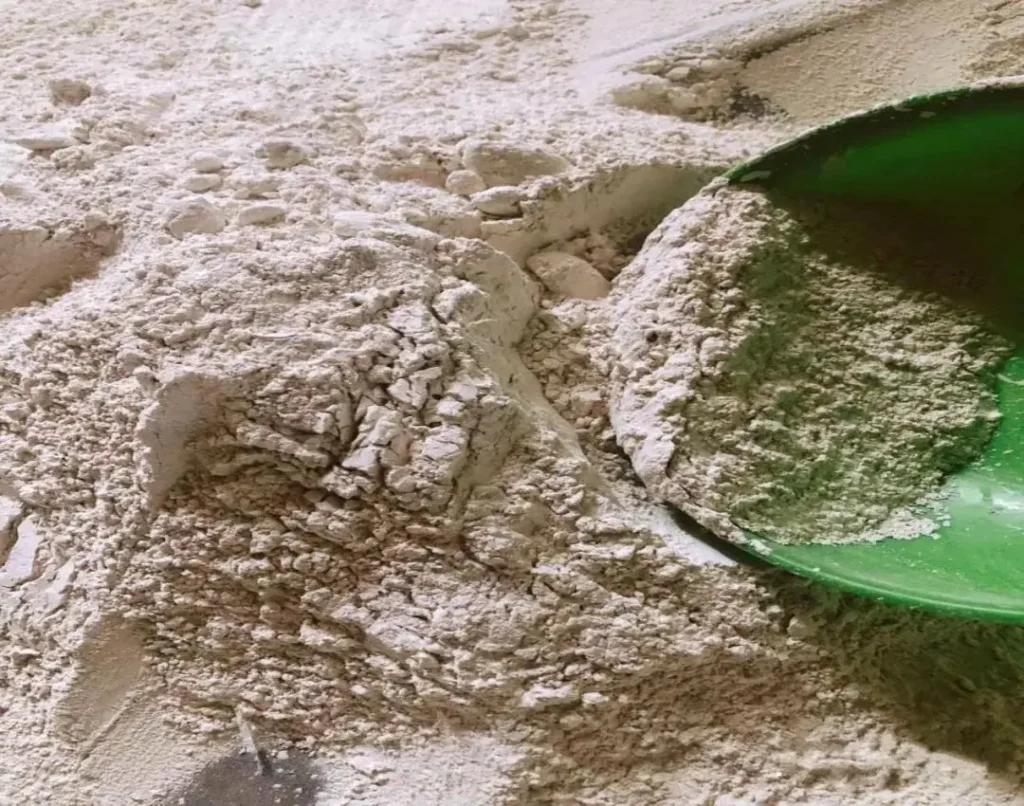
Clarifying Turbid Water with Bentonite
Bentonite can form a stable suspension in water, offering strong adsorption and coagulation effects. It can precipitate suspended particles in turbid water, achieving a clarifying effect. This property makes it particularly effective in treating turbid industrial wastewater.
A Crucial Role in Wastewater Treatment
Thanks to its excellent adsorption and ion exchange capabilities—further enhanced by modification and compounding with other materials—bentonite plays a crucial role in industrial wastewater treatment. Whether it is used to adsorb heavy metal ions, treat printing and dyeing wastewater, or serve as a flocculant for organic wastewater, it has demonstrated outstanding performance.
The Well-Deserved Title of “Invisible Guardian”
Thus, the title of “invisible guardian” in industrial wastewater treatment is well deserved. In the future, as bentonite modification technologies continue to advance and its application fields continue to expand. Its role in industrial wastewater treatment is expected to become even more significant.
Epic Powder
Epic Powder Machinery provides high-quality equipment such as jet mills and air classifiers for producing modified bentonite powder. For more information or cooperation, please feel free to contact us.
Jet mills, classifier mills, and surface modification equipment can all be used to produce bentonite powder, but the optimal choice depends on the required fineness, purity, and modification needs.
Jet mills
Jet mills are ideal for ultra-fine grinding (D50 = 1–20 μm), making them suitable for high-purity bentonite used in pharmaceuticals and cosmetics. They operate without grinding media, preventing contamination, and use low-temperature processing to preserve the layered structure. However, they consume higher energy and require pre-drying to below 2% moisture. A typical process involves: raw bentonite → drying → coarse crushing (jaw crusher) → jet milling → classifying → final product.

Classifier mills
Classifier mills are better suited for medium-fine powders (D50 = 10–100 μm), such as industrial-grade bentonite for foundry or pet litter applications. They combine grinding and classification in one system, offering high throughput (5–10 t/h). To minimize fine powder loss, they should be paired with cyclone separators. Some models can integrate surface modification (e.g., silane coupling agents) for simultaneous grinding and treatment.

Surface modification equipment
Surface modification equipment specializes in post-processing, such as organic/inorganic modification (e.g., quaternary ammonium salt intercalation). Key parameters include modification temperature (80–120°C), additive dosage (5–15%), and shear intensity. Common machines include high-speed hybridizers and fluidized-bed modifiers (which also dry the material).
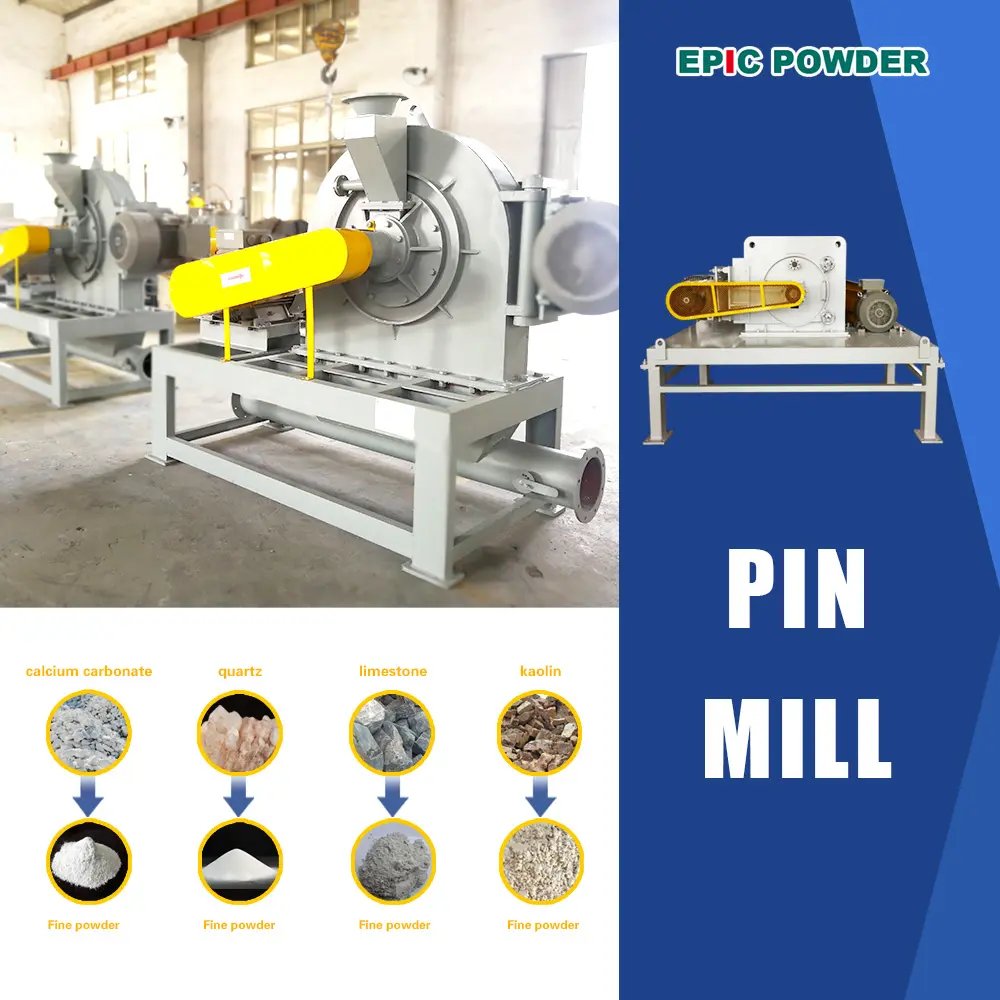
For best results:
Ultra-fine, high-purity applications (e.g., nano-bentonite): Combine a jet mill with a classifier to control particle distribution (e.g., D90 ≤ 5 μm).
Industrial-grade modified powder (e.g., for coatings): Use a classifier mill with an in-line modification system to reduce energy consumption.
Process validation: Small-scale trials (50–100 kg batches) are recommended to assess layer-structure preservation (via XRD analysis).
For precise equipment selection or process design, please provide: Raw material moisture content, target particle size distribution and modifier type (if applicable).


